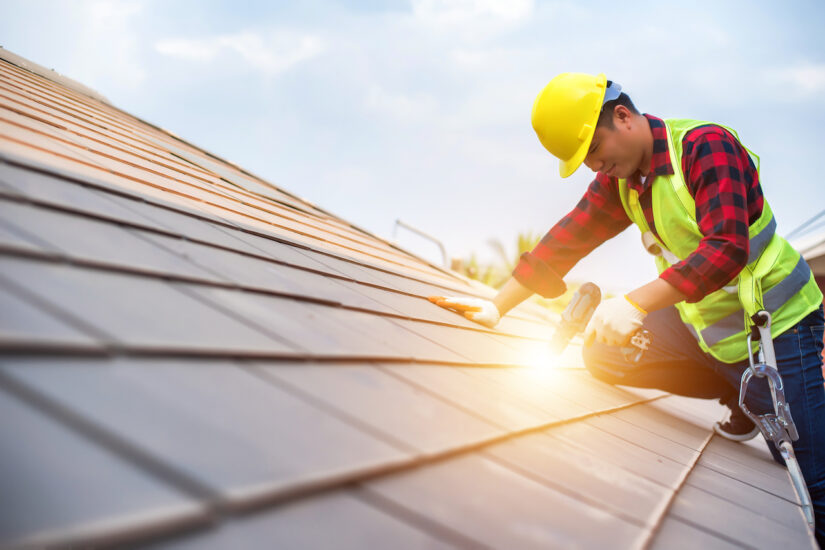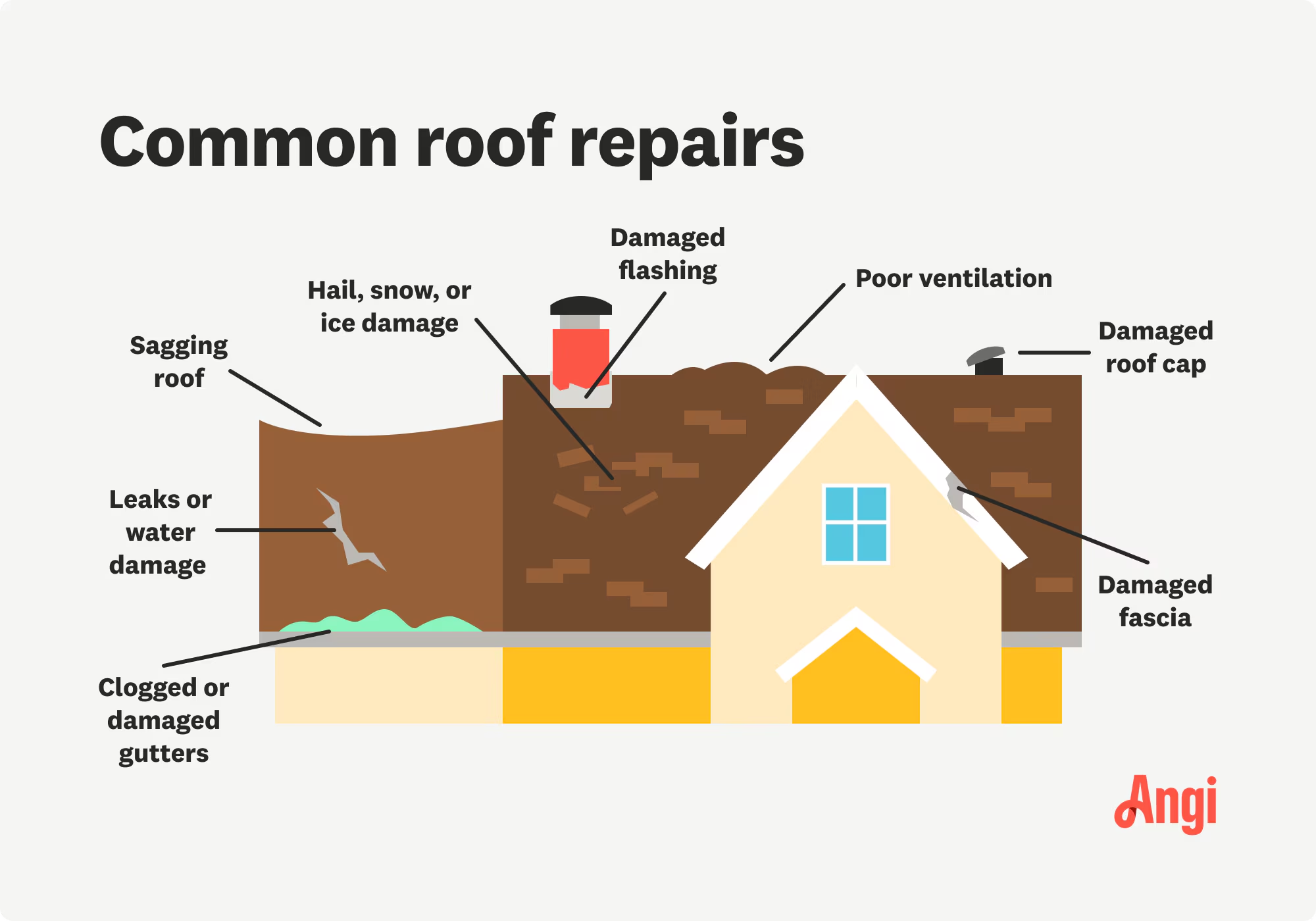Roofers Oahu: Expert Roof Installations and Services
Wiki Article
Understanding the Different Sorts Of Roofs: A Comprehensive Overview for Homeowners
With a range of alternatives-- ranging from the typical gable to the contemporary flat-- each type provides distinct advantages and obstacles that must line up with the homeowner's specific needs and ecological factors to consider. As we discover the complexities of numerous roofing kinds, it ends up being evident that one size does not fit all; the appropriate selection may surprise you.Saddleback Roof
Saddleback roofs, identified by their triangular form, are among the most popular roofing styles as a result of their simpleness and performance in losing water and snow. This style features 2 sloping sides that meet at a ridge, enabling efficient drain and decreasing the threat of water build-up. The steep pitch frequently connected with saddleback roofs boosts their capability to handle hefty precipitation, making them ideal for numerous environments.Along with their useful benefits, saddleback roofs use visual adaptability. They can be adapted to different architectural designs, from standard to modern homes. The design can likewise accommodate added features such as dormer home windows, which enhance all-natural light and air flow in the attic room.
Additionally, gable roofing systems supply enough area for insulation, adding to energy effectiveness. Property owners can pick from a range of roof materials, consisting of asphalt shingles, steel, and floor tiles, better improving personalization alternatives.
In spite of their benefits, gable roofs might call for added assistance in areas susceptible to high winds or hefty snowfall. In general, the saddleback roof remains a popular choice due to its blend of functionality, durability, and aesthetic charm.
Apartment Roofs
Level roof coverings are commonly identified for their minimal layout and sensible applications, specifically in industrial and industrial settings (oahu roofing). These roofing systems feature a almost horizontal or horizontal surface, which permits easy building and construction and flexible space utilization. While they may lack the visual appeal of pitched roofing systems, level roofing systems offer many benefits, especially in metropolitan environments where optimizing area is criticalAmong the primary advantages of level roofings is their availability. House owners can make use of the roof room for different purposes, such as rooftop yards, terraces, or photovoltaic panel installations. Additionally, flat roofing systems are generally extra cost-effective to maintain and mount compared to their sloped equivalents, as they need less materials and labor.
Typical materials used for flat roofing systems consist of built-up roof covering (BUR), changed bitumen, and single-ply membrane layers, each offering distinct advantages. Generally, flat roofs serve as a functional and adaptable selection for many property owners and organizations alike.
Hip Roofings
Hip roofs are identified by their sloped sides that merge at the top, developing a ridge. This style stands out from saddleback roofs, as all four sides of a hip roof covering incline downwards towards the wall surfaces, offering a much more secure framework. The angle of the inclines can vary, enabling for flexibility in building appearances and capability.One of the primary advantages of hip roofing systems is their capability to endure hefty winds and adverse weather. The sloped surfaces enable better water drainage, decreasing the threat of leakages and water damages. Furthermore, hip roofings supply boosted attic area, which can be used for storage and even transformed right into livable areas.
However, constructing a hip roof can be much more pricey and complex than easier roof covering types, such as saddleback roofs. The extra material and labor associated with producing the slopes and ensuring correct structural stability can result in higher costs. In spite of these downsides, many property owners prefer hip roofing systems for their longevity, aesthetic charm, and capacity for energy performance.
Mansard Roofs
Mansard roofing systems, typically recognized by their one-of-a-kind four-sided design, attribute 2 inclines on each side, with the reduced slope being steeper than the upper. This architectural design, originating from France in the 17th century, is not just aesthetically attractive but practical, as it takes full advantage of the useful room in the upper floors of a building. The high lower incline permits more headroom, making it an ideal selection for attics or lofts, which can be transformed into living spaces.Mansard roofing systems are characterized by their flexibility, fitting numerous architectural styles, from standard to modern-day. They can be built with various materials, consisting article of asphalt roof shingles, slate, or steel, supplying homeowners with a variety of options to fit their budget plans and preferences. In addition, the design enables the integration of dormer home windows, enhancing all-natural light and air flow in the top degrees.
However, it is necessary to think about the potential disadvantages. Mansard roofing systems might call for more upkeep due to the intricacy of their design, and their high inclines can be testing for snow and rainfall overflow. Generally, mansard roofs combine sophistication with functionality, making them a prominent option amongst house owners looking for unique building attributes.
Lost Roofings
As homeowners significantly seek simpleness and performance in their architectural designs, shed roof coverings have become a popular option. Characterized by a solitary sloping airplane, a shed roof provides a minimalist aesthetic that matches different home styles, from contemporary to rustic.One of the primary advantages of a shed roofing is its straightforward building, which typically converts to lower labor and material prices. This layout enables effective water drain, reducing the risk of leakages and water damage. In addition, the vertical slope offers adequate area for skylights, boosting all-natural light within the inside.
Lost roofing systems additionally offer adaptability in regards to usage. They can be efficiently incorporated right into additions, garages, or outside structures like sheds and pavilions. Moreover, this roof style can suit different roofing materials, consisting of metal, asphalt tiles, or also green roofings, lining up with green campaigns.
Nevertheless, it is important to consider regional environment problems, as hefty visit here snow loads may demand modifications to the roof's angle or framework. Generally, dropped roofs offer a sensible and cosmetically pleasing choice for homeowners aiming to maximize functionality without jeopardizing design.
Verdict


Gable roofings, identified by their triangular form, are amongst the most preferred roofing styles due to their simpleness and performance in shedding water and snow. oahu roofing. The steep pitch generally linked with gable roofings enhances their capability to deal with heavy precipitation, making them ideal for numerous climates
While they might do not have the aesthetic allure of pitched roofing systems, level roof coverings provide numerous benefits, specifically in urban atmospheres where optimizing room is essential.

Report this wiki page